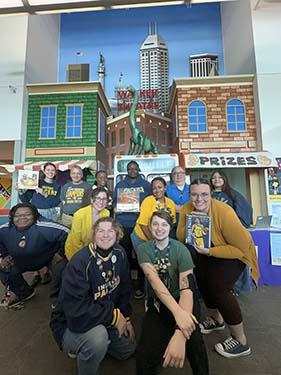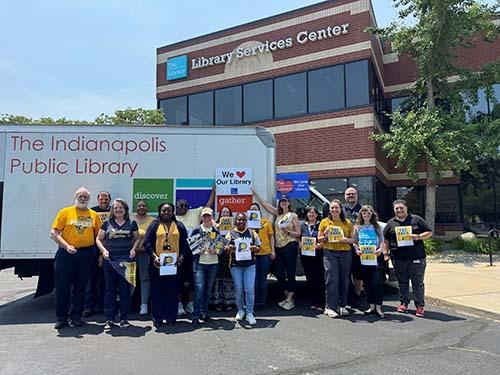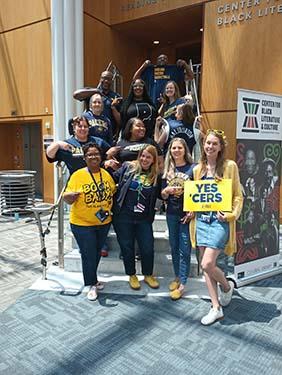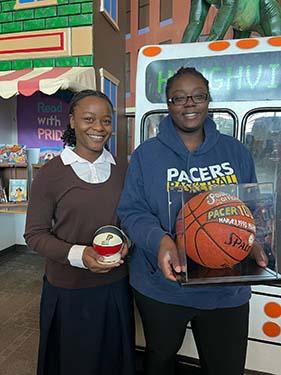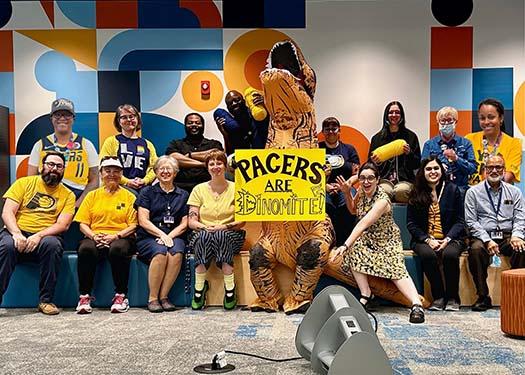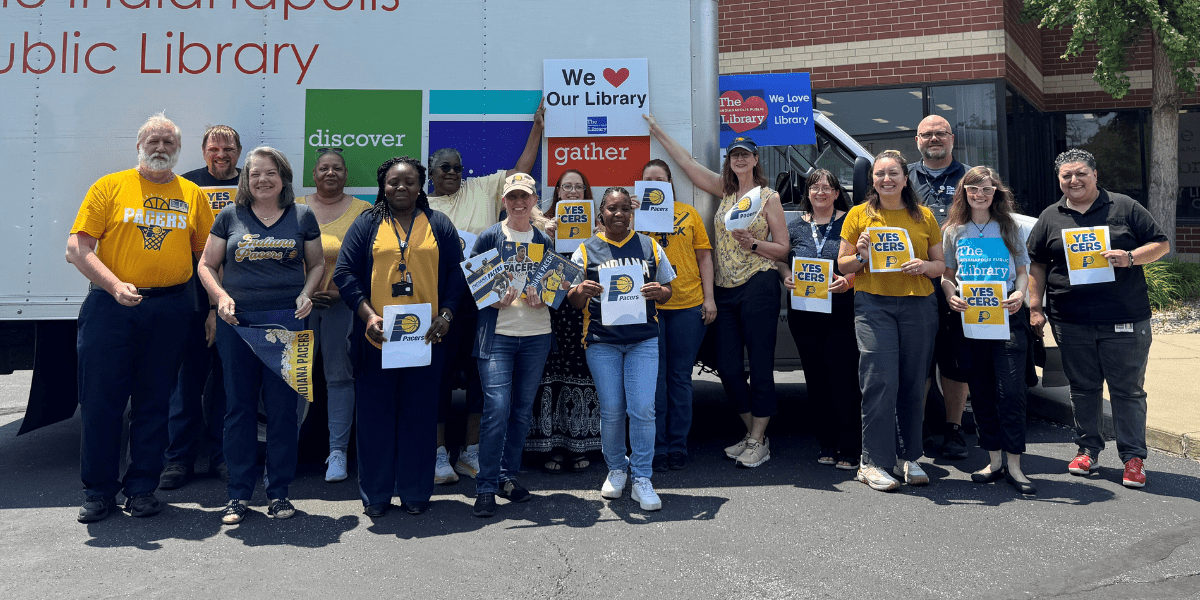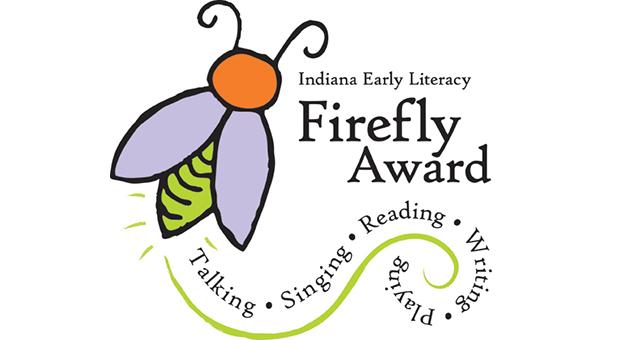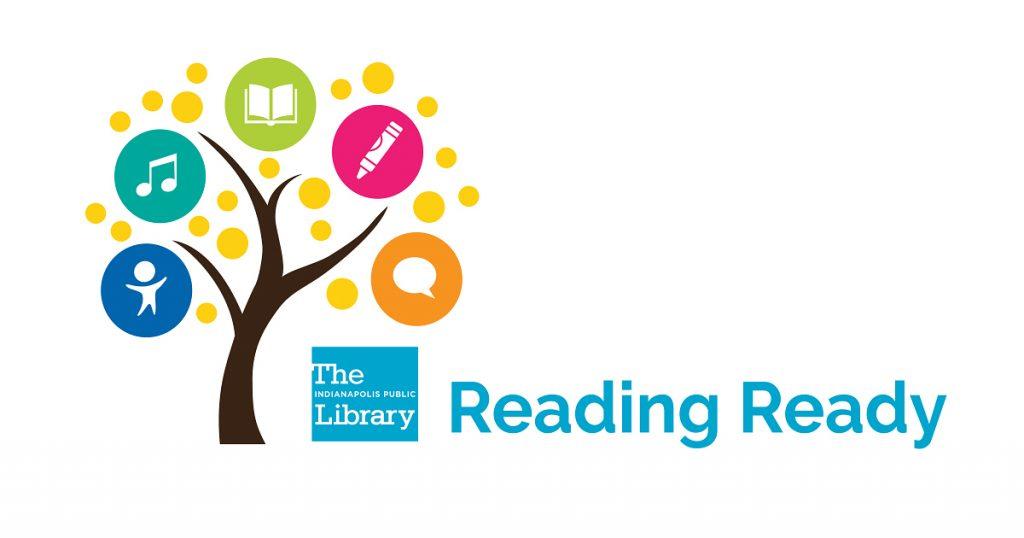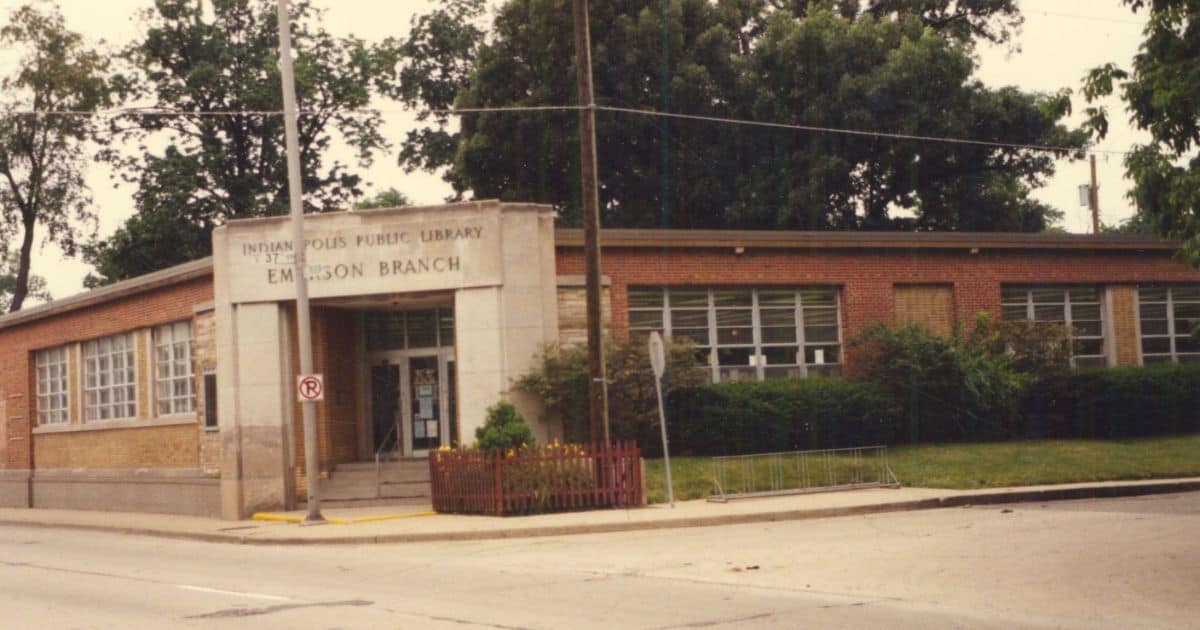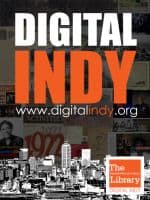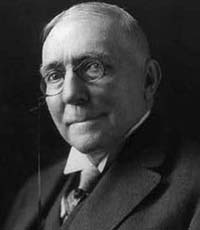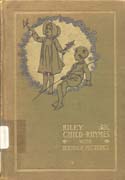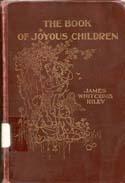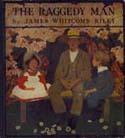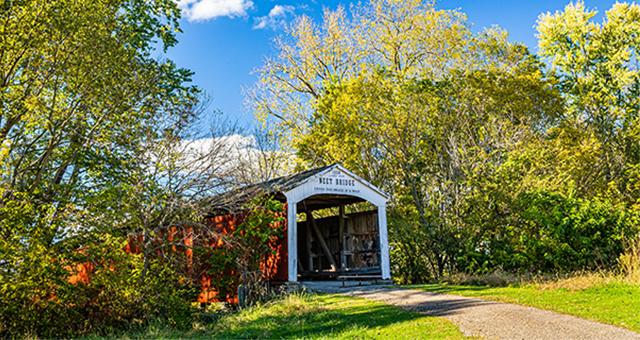
If you are gearing up to cheer on the Pacers, there’s no better time to dive into the team’s rich history. From their roots to unforgettable playoff moments, The Indianapolis Public Library offers a courtside seat to decades of Pacers pride. Take a look at our reading recommendations for all ages about basketball from high school to college to the WNBA and NBA. You can even explore the intersection of basketball and the arts – music, poetry, photography, fashion, sculpture, painting and film.
You’ll also find a special Pacers display on the top floor of Central Library in the Indianapolis Special Collections Room. Visitors can enjoy a stunning view of the city skyline while exploring the team’s legacy. This display will be available until Sunday, June 22nd, when the NBA playoffs end.
History
- Encyclopedia of Indianapolis: Indiana Pacers
- Encyclopedia of Indianapolis: Market Square Arena and Gainbridge Fieldhouse
- Encyclopedia of Indianapolis: Roger W. Brown, Fred C. (Bud) Tucker Jr. , Bobby (Slick) Leonard,
Reading Recommendations
Hoops & Books
Basketball Movies
Underdog Stories
When things are tough, an underdog story is a great way to feel inspired to keep going…like the Pacers. Never give up!
e-Books & Streaming
Basketball & Pacers Pride in Indiana
In 49 states it’s just basketball…but this is Indiana. Make a selection from Books on and off the Court — Basketball in Indiana! – e-books and audiobooks to enjoy between games while we cheer our Pacers on! Yes ‘Cers! Learn how to use your library card to checkout e-books or audiobooks.
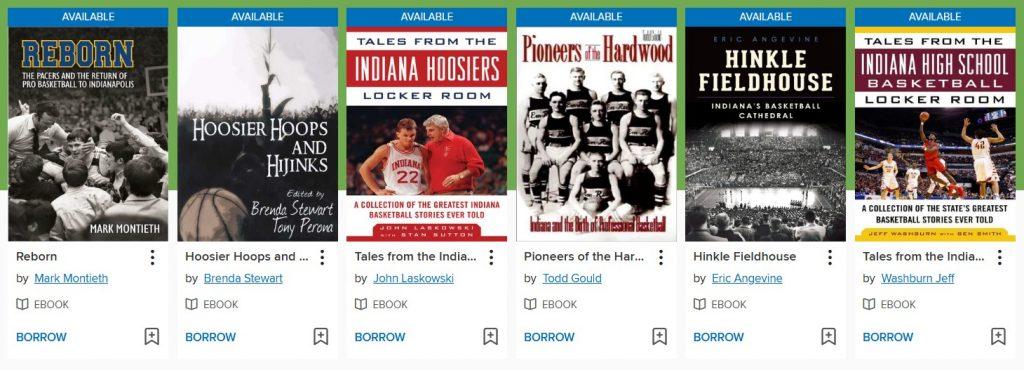
Women’s Hoops: The Essential Reading List
NCAA tournament season is almost upon us, and the WNBA opener is on the horizon. Get amped for all the action to come with new and classic reads about women’s basketball.
Art & Basketball
Explore the intersection of basketball and the arts – music, poetry, photography, fashion, sculpture, painting and film.
Basketball Hoops & Hopes -Chapter Books for Kids!
Pacers Pride at the Library
